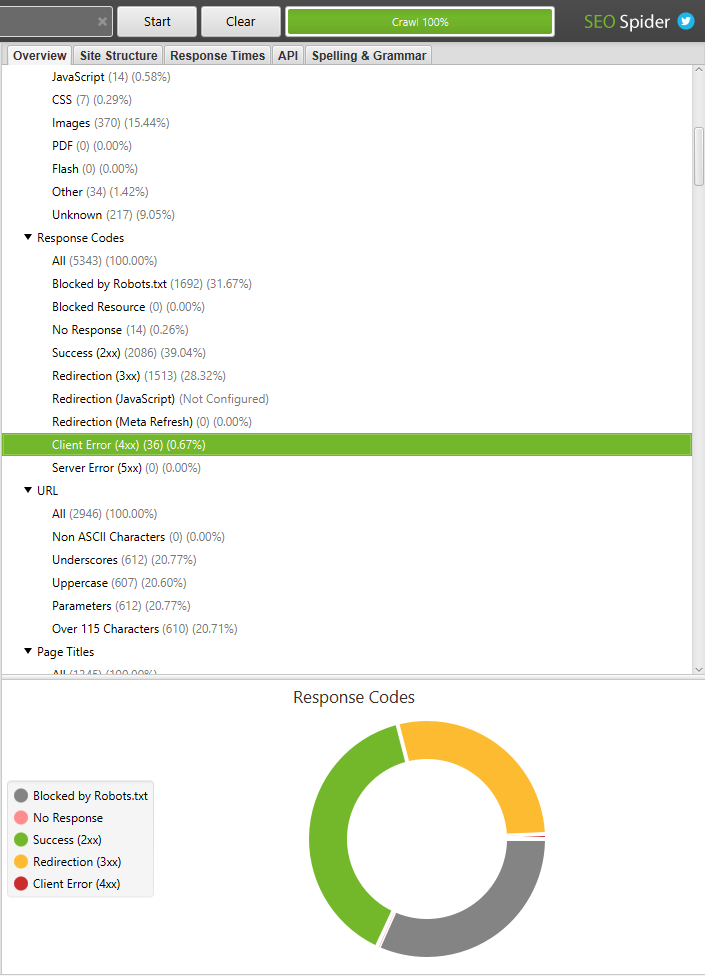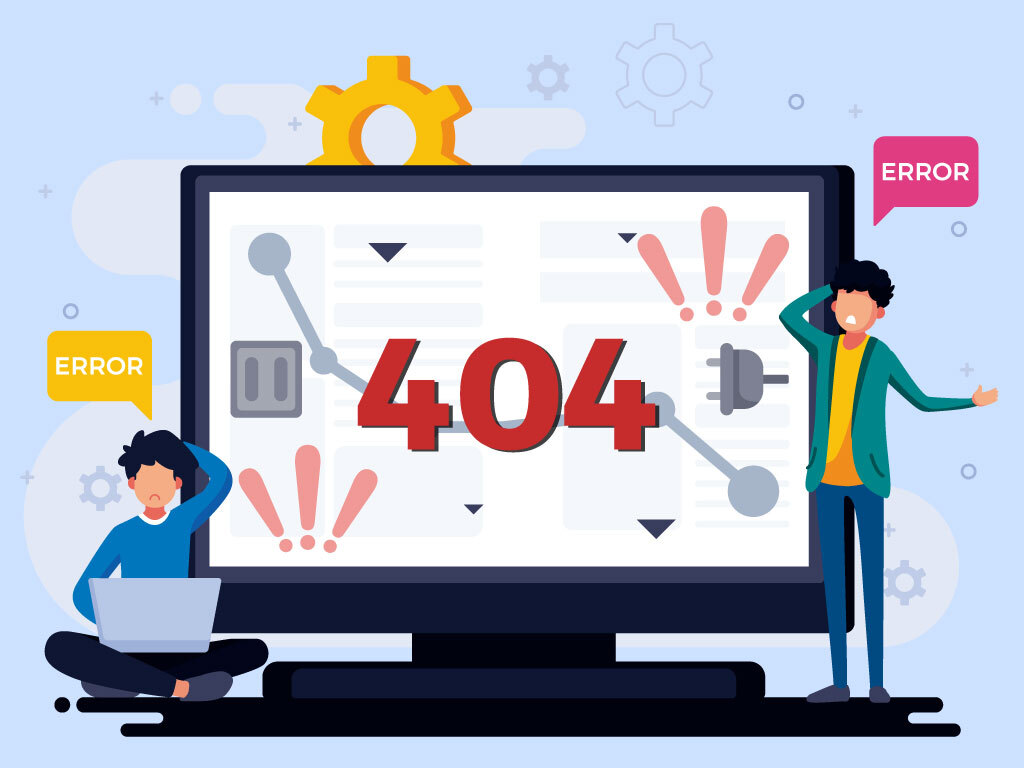Do 404 Errors Hurt your SEO?
You’re surfing around a website, you click on a link, and then you are redirected to a message that tells you the page you are going to can’t be found. If you’re a user, it’s quite annoying, right? And if you’re an SEO and it is your website you’re surfing, you should be concerned – or maybe not?
Error 404s are problems that are common problems encountered around the internet. Some would just brush it off while some consider it as enemies. In this article, I’ll talk about everything there is to know about 404 errors in SEO.
What is a 404 Error?
Error 404 is an HTTP status code that is sent from the website server to the browser if it is unable to find the webpage a user is trying to go to. It usually displays a message “Page Not Found” to users.
Error 404s can be caused by different reasons. It can be a page that moved to a new URL but there was no 301 redirect that was put in place, an article that was deleted and was completely forgotten about, or it could also be a typo in the slug when trying to link in a specific webpage.
How do 404 Errors Affect SEO?
There are mixed opinions in the industry regarding 404 errors and how it affects SEO. There were speculations that having too much 404 errors on your website can lead to a drop in rankings and ultimately lead to a penalty.
I’ll cut to the chase – no you won’t get a penalty from having error 404 pages on your website so don’t worry about it too much.
In my experience, the only way error 404s could possibly affect rankings is that if an important landing page was accidentally deleted or moved to a new URL but was not redirected.
In a YouTube series called SEO Snippets in the official Google Webmasters YouTube channel, John Mueller talked about error 404s and it is normal for websites to have them. There may be situations that a specific webpage is not useful anymore and you decide to delete those pages and it is perfectly fine to leave them as 404s. However, there are also conditions for 404 errors to be fine to be left as is.

Firstly, there should be no traffic coming to those pages. You can check this by checking your Google Analytics pages report or you could check your server log files.
Second, there are no important links to those pages. You can check this by using Ahrefs or the Google Search Console link report.
But what if you found a 404 error on your website that doesn’t fit one or both of these conditions?
Fixing 404 Errors
If you found a page returning a 404 error that is receiving traffic or has backlinks, it is highly recommended that you do a 301 redirect on them but it could depend on the situation. Follow these steps to make sure you make the right decisions.
If Google detected a 404 error on your website, it might be caused by the reasons:
1. An internal link on your website is linking to a non-existent page.
Fix: Find out why that page is non-existent anymore. If it is a deleted page that is of no use anymore, remove the internal link. However, if the case is the deleted page was moved to a different page, do a 301 redirect.
2. There is a typo in the URL of an internal link on your website.
Fix: This one is an easy fix. Simply edit the link to the right spelling of the URL and you’re done!
3. There is a problem with your sitemap that is causing it to link to non-existing pages.
Fix: If your sitemap is auto-generated using a plugin, you can do a quick uninstall and reinstall the plugin. If you have manual control of your sitemap, you should remove the page from the sitemap and resubmit your sitemap on Google Search Console.
4. A website linking to you linked to an old page that is already deleted or they have a typo in the URL.
Fix: You could say that this problem is out of your control since you don’t have access to their website. What you could do in this situation is reach out to the webmaster and ask a favor to edit the URL.
How to Find 404 Errors in Your Website
If you want to find 404 errors on your website, I would recommend using these 2 tools you could use:
Google Search Console Coverage Report
Google would regularly crawl your website and once it finds a 404 error, it will immediately inform you via the Coverage Report in Google Search Console. This is also where you should inform Google that the 404 error has been fixed already by clicking on “Validate Fix”.
The problem here is that there is not much information aside from the list of URLs so you would still need to investigate using other tools.
SEMRush Site Audit Tool
SEMRush has a wide range of tools which makes it an all-in-one SEO tool. One of its best tools is the Site Audit that automatically crawls your website and looks for on-page and technical SEO issues.
Here’s a screenshot of the tool.

You could try SEMRush for 7-days free by clicking this link.
Screaming Frog
Screaming Frog is another great tool for searching for on-page SEO errors. It’s very easy to use and you can spot URLs with problems easily. You simply crawl the website you’re auditing and once Screaming Frog is done crawling, find “Client Error (4xx)” in the right side menu under “Response Codes”.

You can download Screaming Frog by clicking this link
Key Takeaway
Now that you know that 404 errors won’t have drastic effects on your website, don’t panic the next time you see them. Do a proper investigation on what’s causing the error, fix them accordingly, and verify the fix on Google Search Console. Resubmit your sitemap as well.
Always remember that before you do a 301 redirect, make sure that you are redirecting the page to a new page that is at least closely relevant to the old page to not confuse search engines. This can also be misleading to users.
